
5 Ways You Can Grow Your E-Commerce Business Using Repeat Purchases
When your business is experiencing a downturn, you might think that acquiring new customers is the perfect solution. However,...

Content Marketing Executive
Adopting a well-planned and adaptable eCommerce strategy is crucial for businesses. Nonetheless, certain companies, especially SMEs, might encounter challenges in developing effective eCommerce strategies and practices. In this comprehensive guide, we will include everything you need to craft strategies that not only attract customers but also retain them in a competitive market.
An effective eCommerce strategy stands as a pivotal factor in ensuring the steady growth of a business. It serves as a blueprint guiding the expansion of online operations while aligning with broader business objectives.
A well-thought-out strategy not only drives sales but also fosters customer loyalty, optimizes operational efficiency, and adapts swiftly to market changes. By leveraging innovative tactics and streamlined processes, an eCommerce strategy becomes instrumental in sustaining and fostering the consistent growth of a business in the dynamic realm of online commerce.
An eCommerce strategy provides a distinct edge in the digital marketplace which enables businesses to differentiate themselves through unique value propositions and enhanced customer experiences.

A well-designed strategy focuses on understanding customer needs, leveraging competitive analysis, and identifying gaps in the market. Moreover, an eCommerce strategy fosters improvement, allowing businesses to innovate their products, services, and customer engagement methods, ultimately establishing a competitive advantage and staying ahead of the competition.
Adopting an eCommerce strategy significantly improves cost efficiency by streamlining various operational aspects of online businesses. It helps the company reduce expenses associated with brick-and-mortar establishments, such as rent, utilities, and employee salaries.
Additionally, an effective strategy plan allows for the automation of numerous processes, including inventory management, order fulfillment, and customer service which helps cut labor costs and minimize human error.
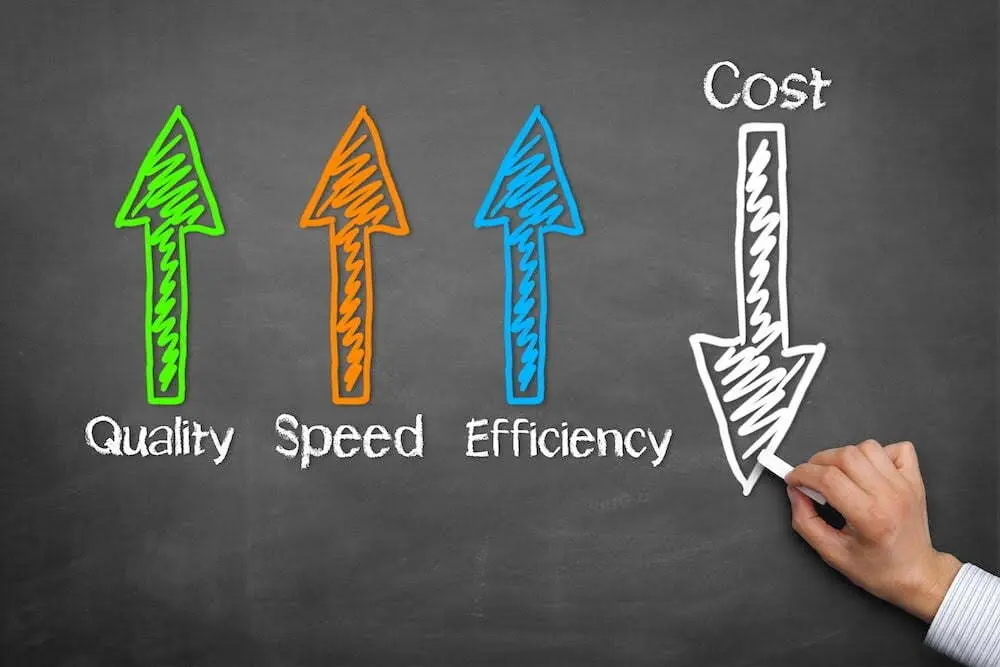
Furthermore, with a detailed strategy, businesses can make informed decisions about resource allocation, marketing expenditures, and product offerings, ensuring that investments yield higher returns and unnecessary costs are minimized.
Overall, an eCommerce strategy improves cost-saving and operational efficiencies, contributing significantly to the profit of businesses.
Understanding your audiences allows you to target your efforts effectively. The key focus during this stage involves crafting customer personas and mapping out customer journeys.
You can create customer personas through research, surveys, interviews, and archived data. A persona should be built based on the following information:
The next step involves crafting the customer journey. A well-mapped customer journey allows you to fulfill customer expectations across various stages, optimizing touchpoints, and personalizing interactions to their needs.
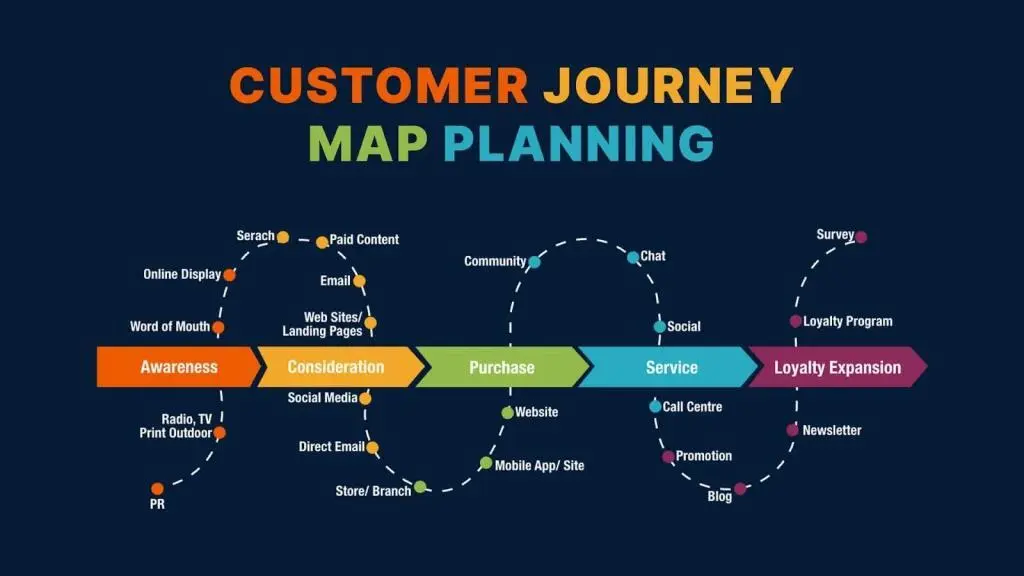
In summary, understanding your audiences is the very first step of a successful eCommerce strategy. It helps you to tailor your approach, improve user experience, and ultimately drive sales and growth for your business.
Competitor analysis provides insights into market trends, helps identify gaps for differentiation, and allows learning from their successes and mistakes. Consequently, you can improve products/ services and strategically position your brand in the market.
Performing a SWOT analysis enables a comprehensive assessment of your competitors’s strengths, weaknesses, opportunities, and threats. Let’s break it down this model!
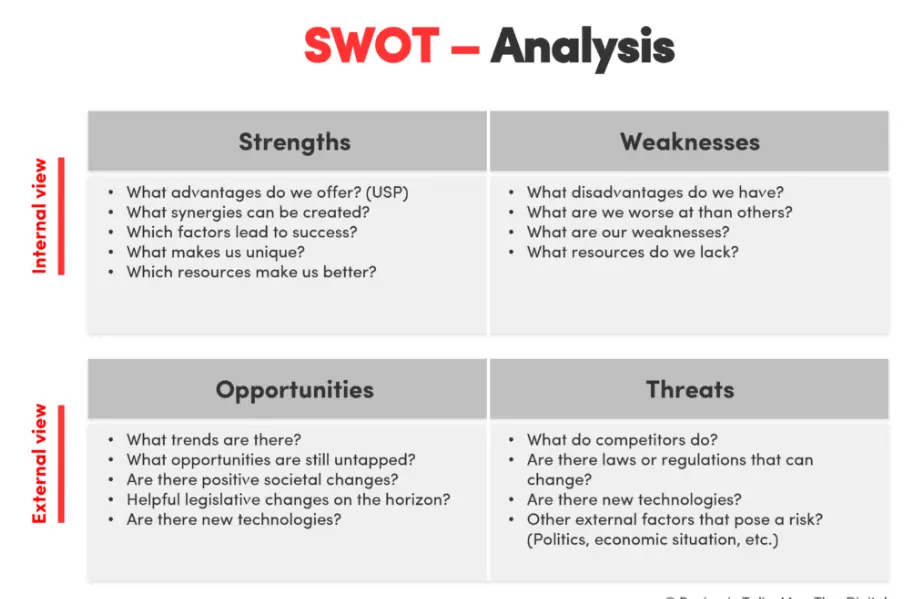
To better understand your competitors, look at Shopify store examples in your market. See what makes them successful, where they might fall short, how they’re adapting to new trends, and what risks they face.
Your goals and objectives should follow the SMART criteria to provide a clear roadmap for your eCommerce strategy and allow for effective measurement of success.
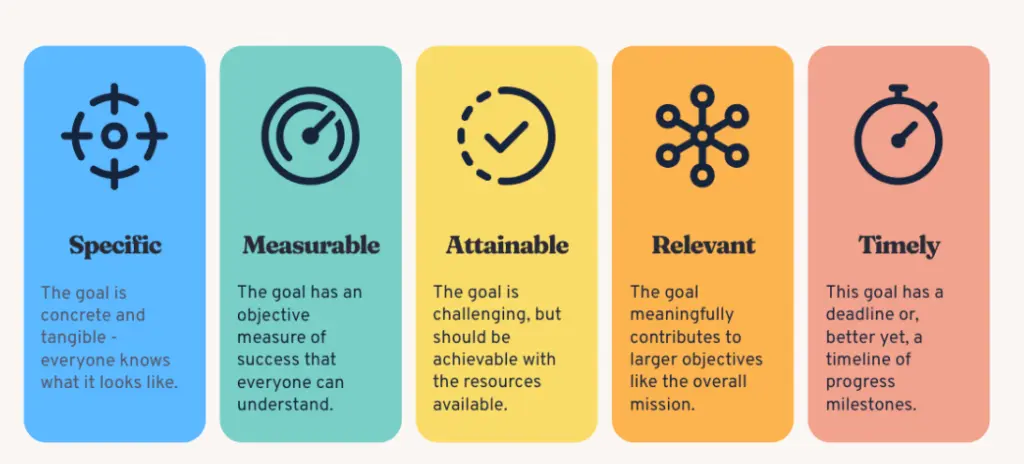
Here are some examples of setting goals and objectives for an eCommerce strategy:
To ensure your strategy is feasible, you have to determine the resources required, including financial, personnel, technology, time,…Resource allocation must align with business objectives to ensure that investments yield profitability.
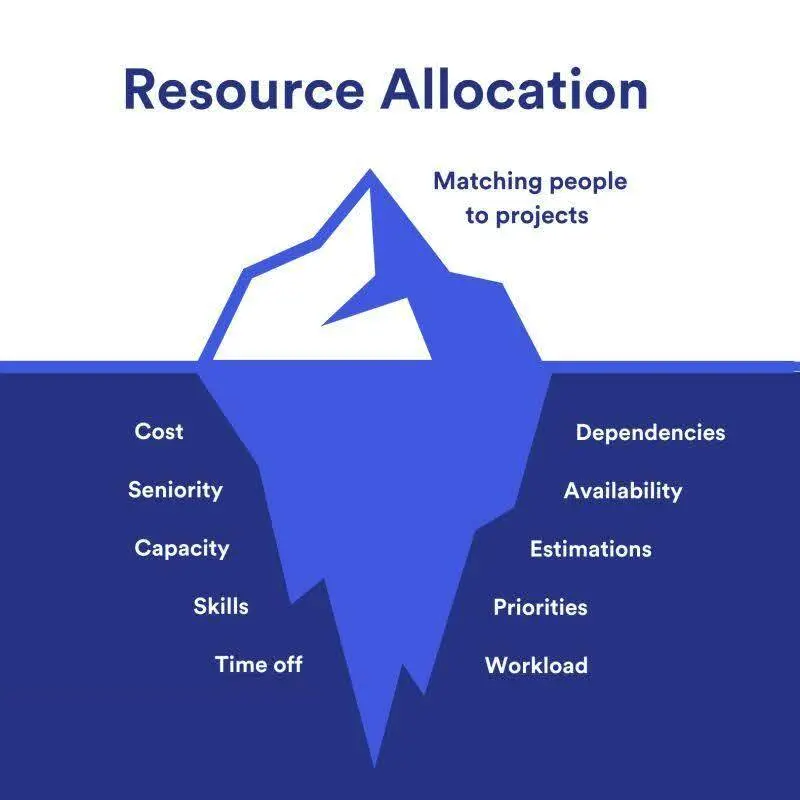
It entails allocating budgets for various aspects such as marketing campaigns, inventory management, customer service,….You have to prioritize initiatives that align with business objectives and balance expenditures to maximize ROI.
Resource allocation also involves allocating human resources to ensure that the right skill sets are utilized in tasks.
Tactics are specific actions or methods used to achieve particular objectives within a strategy. Based on your analysis, develop tactics that align with your goals and objectives. This might include marketing, sales, operations, customer service,…..
For examples:
An implementation plan outlines the detailed steps, tasks, timelines, and resources needed to execute your eCommerce strategy. It serves as a roadmap, assigning responsibilities, and setting clear milestones.The implementation plan typically includes the following:
A well-crafted implementation plan will guarantee efficiency and the attainment of desired outcomes.
Risk management involves identifying and assessing potential threats that could hinder business operations. In the realm of eCommerce, risks primarily include data privacy concerns, payment fraud, supply chain disruptions,…
Continual monitoring, regular audits, and staying updated on emerging threads are essential to proactively manage risks.
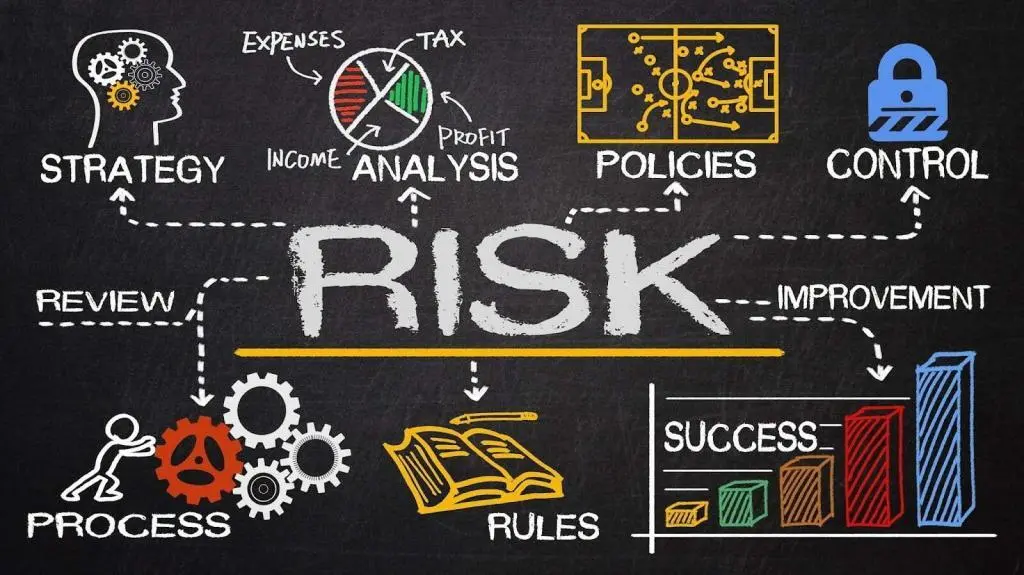
The saturation of social media makes it challenging for businesses to truly stand out. Hence, it’s crucial to maintain an active presence through regular sharing of posts.
By leveraging your distinctive value proposition to enhance customer experiences, your content can reach new prospects.
Let’s take a look at this growing online business:
Passion Footwear is a convertible heels brand that is very active on social media, especially TikTok. This brand has more than 200,000 followers on TikTok and its videos reach 20,000 to 2 million people. It emphasizes the advantage offered by the footwear while integrating popular video trends.

Email marketing plays an important role in an eCommerce strategy by engaging, nurturing, and retaining customers.
Through personalized and targeted email campaigns, businesses can showcase new products, offer exclusive discounts, and provide valuable content to individual preferences. Additionally, email marketing allows for tracking and analyzing campaign performance, providing insights that help you optimize your strategies.
Pay-per-click (PPC) advertising is a great way to reach more prospects and capture search traffic. It’s popular among SMEs for boosting their brand awareness due to its cost-effectiveness.
In the realm of eCommerce, PPC campaigns can be tailored to specific products or categories, allowing businesses to reach audiences with high purchase intent.
With this advertising method, you only pay if a user clicks on your ad displayed on search engine result pages. By bidding on relevant keywords and optimizing ad content, you can drive qualified traffic to your websites, resulting in increased conversions and revenue.
According to Jeff Bullas – a marketing influencer and social media strategist – 67% of online shoppers agree that the images of any product are more important than product descriptions. Thus, selecting the most compelling images is crucial to attract your target customers.
To ensure the best quality of the pictures, you should maintain a consistent style and generate original content instead of relying on third-party images.
As the customers can’t touch your product, high-quality images help them to imagine owning the product.
You should capture eCommerce product images from various perspectives to empower prospective buyers to make well-informed decisions.

Customer reviews have a significant impact on the purchase decisions of eCommerce users. You should encourage customers to leave their feedback on your products and then display them on your website. Customer feedback should consist of a written review alongside a star rating.

Here are some best practices for encouraging product reviews on your e-commerce site:
To improve your conversion rate, you should offer various payment options, including direct bank transfers, credit cards, mobile payments,…
You even take it further and include unique options such as “Buy Now, Pay Later”, allowing customers to select their preferred payment method during checkout.
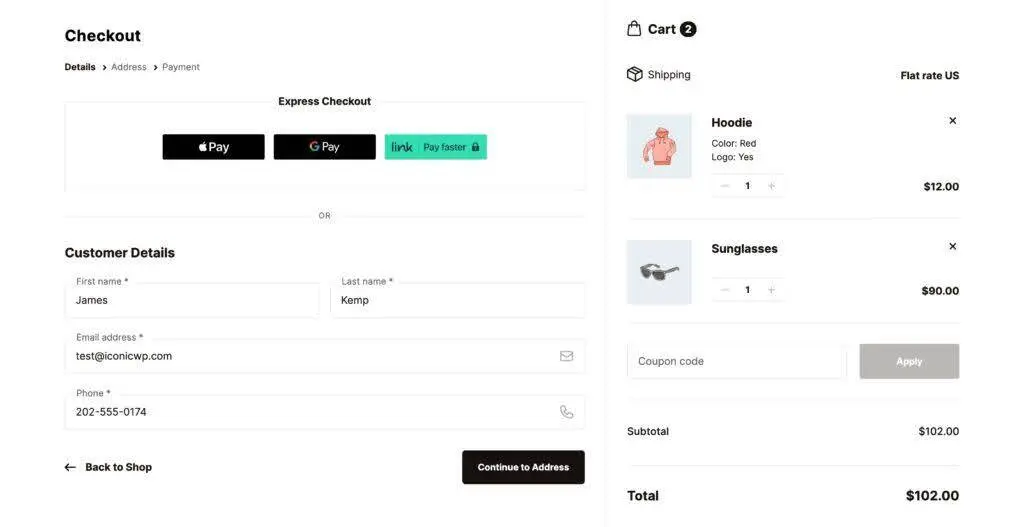
A sales promotion is crafted to enhance the value of a promotional offer for a product, aiming to entice customers to make a purchase.
Let’s walk through some ideas for your promotions:

Cross-selling in eCommerce refers to a sales method encouraging customers to spend more by purchasing related products alongside their current purchase. By showcasing relevant products during the checkout process or on product pages, eCommerce businesses can increase AOV while providing customers with valuable options.
Through cross-selling strategy, businesses can not only boost sales but also improve customer satisfaction by offering a comprehensive and personalized shopping experience.
Example:
Madewell is a women’s clothing brand that specializes in jeans, shoes, T-shirts, and dresses.
Their best seller item is the “Linen-Blend Hilltop Shirt”. At the top of the page, users can get detailed information about the shirt. And if they scroll down a bit more, they will discover a section titled “You might also love…” which includes links to other items that have a similar style to the “Linen-Blend Hilltop Shirt”.

Having a concise returns policy can improve your conversion and your customer retention. For this reason, you should employ a clear returns policy that guides customers regarding the return or exchange of purchased items.
To improve your returns policy, consider implementing the following actions:
Improving the customer support helpdesk brings numerous advantages to your eCommerce strategy. It makes customers happier by solving issues quickly, leading to better shopping experiences. This kind of support builds trust, encourages customers to stay loyal, and helps in retaining them. It also makes operations more efficient, reduces response times, and ultimately boosts sales.
For streamlined and effective eCommerce customer service, consider leveraging the MooseDesk solution for your eCommerce store. This comprehensive platform offers a 24/7 live chat support system, ensuring no client queries or requests are missed.

Furthermore, the platform’s centralized support feature consolidates all inquiries into a user-friendly ticking system, preventing oversight or mishandling of customer requests across different channels.
Moreover, MooseDesk empowers businesses with detailed customer insights, facilitating personalizing responses and tailored solutions for each individual. This comprehensive approach helps businesses deliver superior customer service and maintain customer satisfaction.
“Experience seamless customer service management with MooseDesk – revolutionize your customer support journey today!”



When your business is experiencing a downturn, you might think that acquiring new customers is the perfect solution. However,...
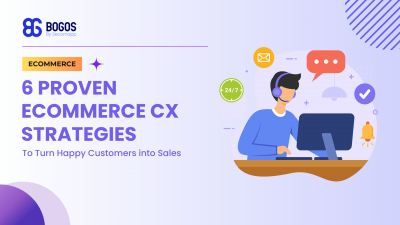
Customer experience (CX) is crucial in e-commerce because it keeps shoppers returning and drives sales. In online shopping, it...
